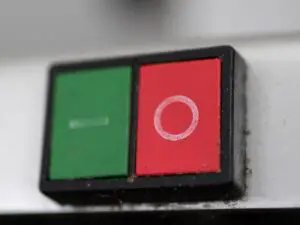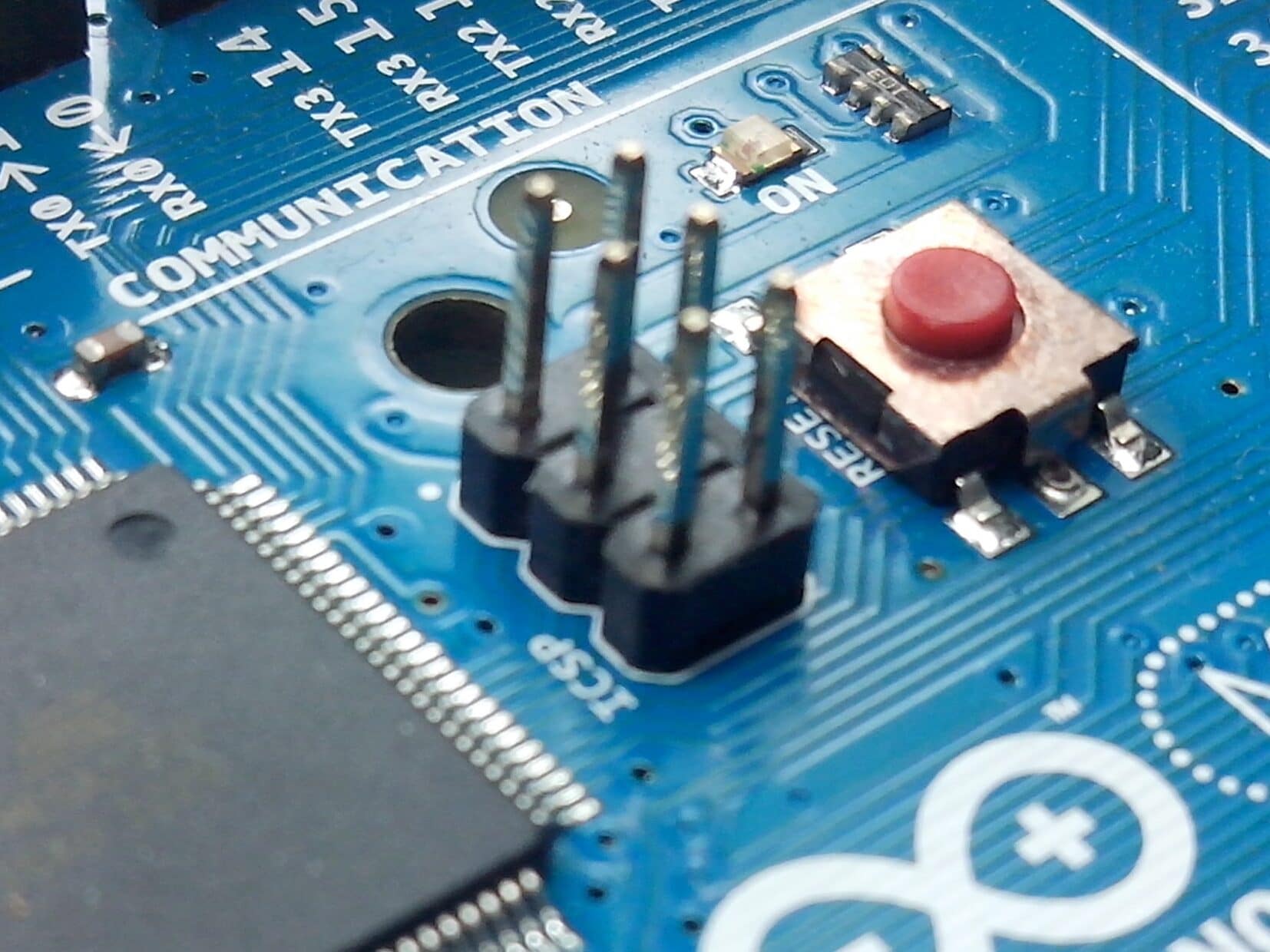Why on earth is there an on off switch on solar lights? After all, aren’t these lights supposed to function automatically?

Why is there an on off switch on solar lights? – 4 reasons
Although solar lights turn on and off automatically, there are at least four cases where it would make sense to turn your lights off if they have that capability. (Not all models do.)
Case 1: Sometimes you just want darkness. If you’re stargazing then the last thing you want is light in your eyes.
Case 2: You are hosting a backyard event and you want to make sure that your lights have a full charge for the occasion.
If you’re worried that your lights might not be fully charged for your event, you could turn them off a day or two before, then turn them on again just before the party starts. That way, you’ll be able to keep charging for two or three days but avoid spending that charge until you really want it.
(We mention this strategy in another of our articles, “How to make solar lights stay on longer.“)
Case 3: Some solar lights are intended to be used as indoor lighting and so you want to be able to turn them on and off as you would with any indoor light. This is common in shed lights, for example.
Case 4: Another reason to turn your lights off is if they are going into storage for a time or if you’re going to be transporting them to a different location.
While in transport, your lights are likely in a box or maybe the back of a truck and the lack of light may tell the lights it’s time to turn on.
That’s a waste, especially if you are hoping to use your solar lights upon arrival at the new destination. Use the on/off switch on your solar lights to save those batteries!
All else being equal, it makes sense to go with a set of solar lights that give you the option of choosing whether to have them on or off.
How do solar lights turn on and off?

Human ingenuity is truly amazing and is on full display in solar lights. Designs will differ by manufacturer, but here is one common mechanism in solar lights:
First, understand that the LED light requires a minimum threshold voltage to make it turn on. For this example, let’s say that threshold is 3.5 volts.
Now, there are two different circuits at work in the light. Let’s call these circuit A and circuit B. One or the other of these is passing current to the LED at all times. The difference is that circuit A passes current at 1.2 volts, while circuit B boosts the voltage to 3.7. In other words, only circuit B has enough voltage to make the LED light up.
If the sun is shining, current is being received from the solar panel and circuit A (the default circuit) is in operation, providing 1.2 volts. This is enough to charge the battery but is not enough to trigger the LED.
As night falls and energy is no longer being received from the solar panel, the drop in voltage shuts down circuit A. This triggers a switch that brings circuit B into play.
Circuit B, which draws its power from the battery – not the solar panel – runs at 3.7 volts. This exceeds the minimum threshold of the LED and so it turns on.
Voila – solar light!
For a deeper dive into this, here is a video clip made by Kevin Darrah.
Do solar lights have to be turned on?
When you receive your new solar lights and you’re getting them set up, absolutely check to see if there is an on/off switch and set it to the on position.
On a daily basis though, there is no need to turn your lights on as the circuitry of the lights will be taking care of this. (See above.) Solar lights are designed to turn themselves on automatically as daylight turns to night.
You will tend to find that the brighter “spot light” or “security light” type have a switch, whereas the more decorative path lights don’t.
One reason for this is practicality: path lights or decorative accent lights often come in packs of 8 or 10 and you wouldn’t want to be repeating the procedure for every light in the set.
Another factor is build quality: the solar spot lights and solar security lights tend to be manufactured to higher specifications, including monocrystalline solar panels, larger panels, and batteries with a higher mAh rating.
These lights often have different modes (low light, bright light) and so having the option to turn them off completely is just another convenience that comes with higher build quality.
Should solar lights be switched on to charge?
It shouldn’t make a difference, and all models that we are aware of will continue to charge the battery even if turned off. To be safe though, check the owner’s manual for any instructions about this.
What problems can arise from the on off switch?
The on/off switch is a potential source of trouble for a new owner who perhaps isn’t aware that the switch is there. One of the most common causes of a “my-new-solar-lights-aren’t-working” complaint is that the switch is in the off position.
Another potential problem: If you choose to mount the solar light on a wall, for example as a security light, then the on/off switch may be difficult to access. Make sure that the switch is set to the on position before mounting the light.
So there you have our answers to the question, “why is there an on off switch on solar lights?”
Join us for reviews if you’re looking for the best solar lights of 2022 or the best lights for your garden.

